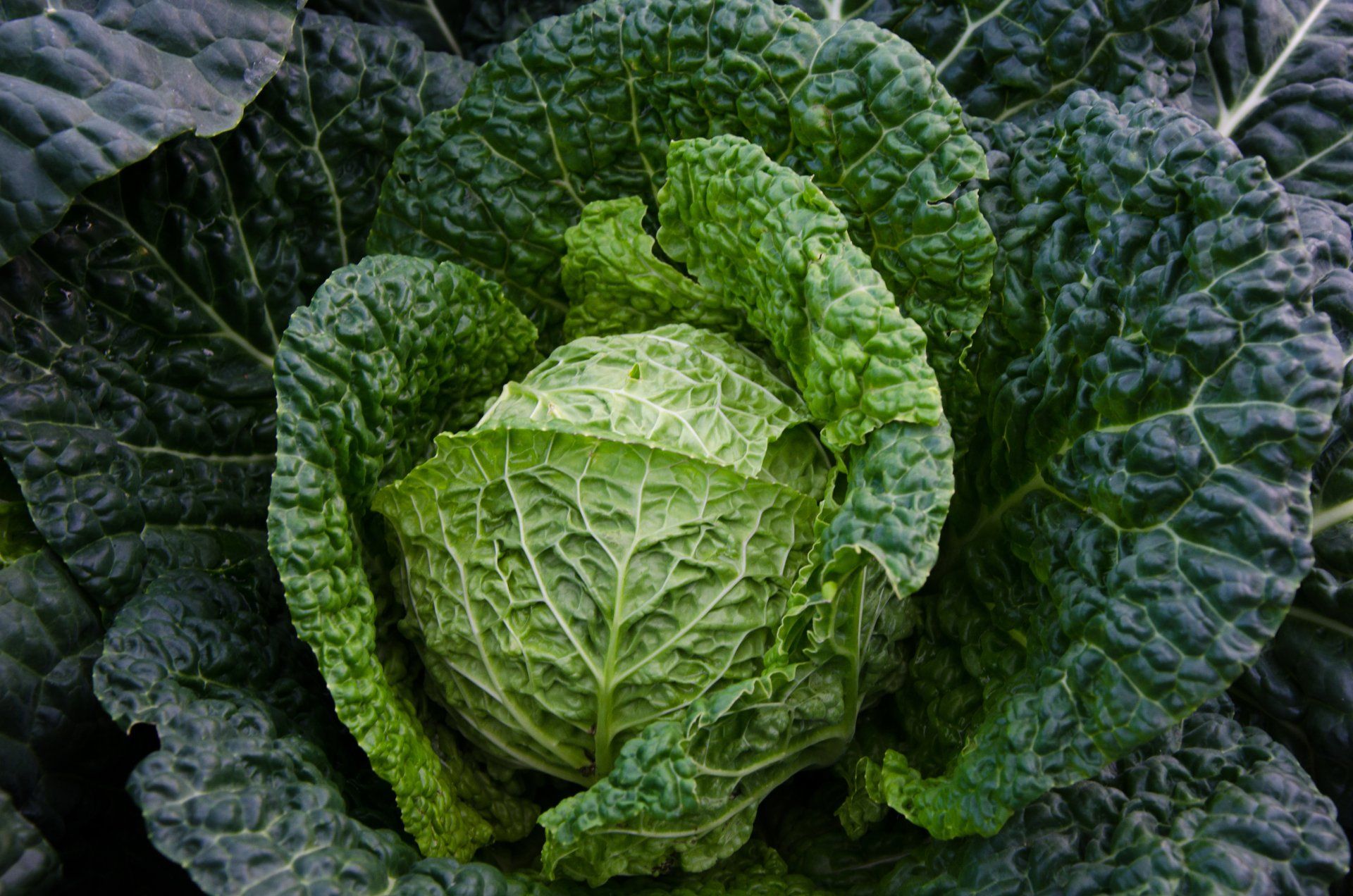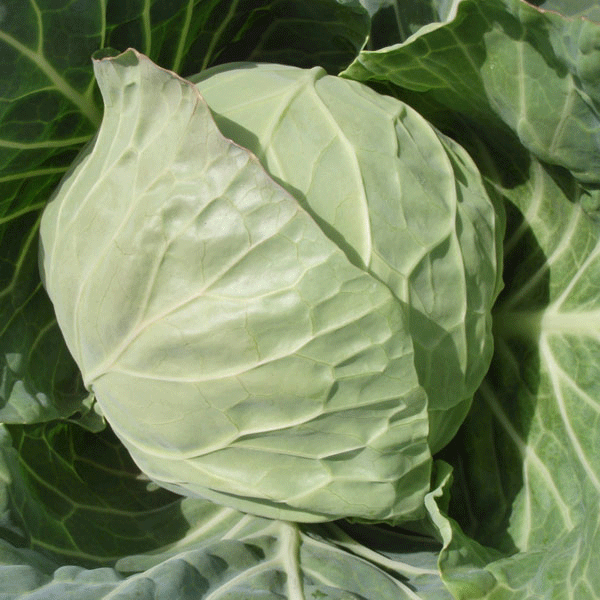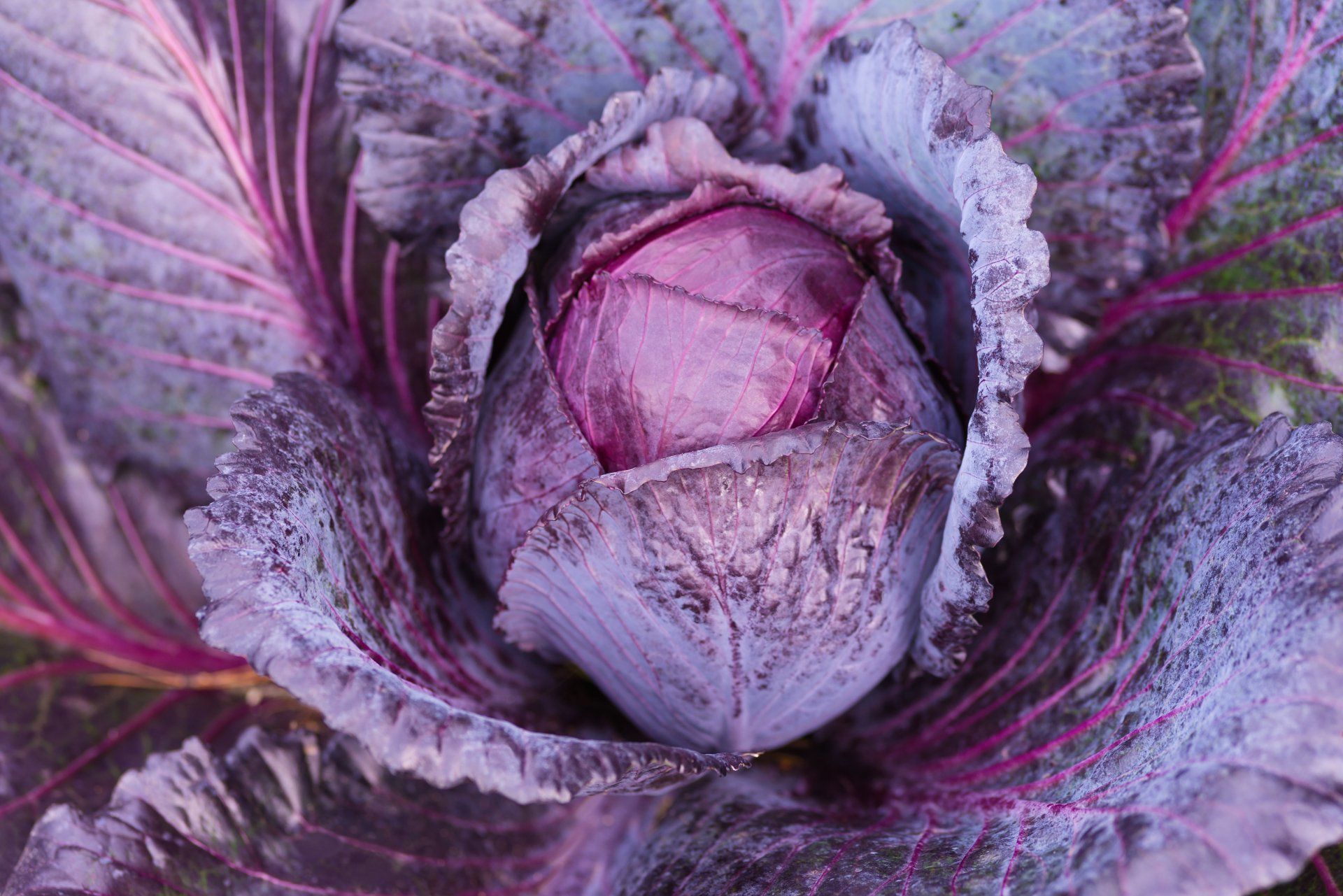Cabbage



Growing Guide
If you choose your varieties of cabbage carefully you can be harvesting them the whole year.
This growing guide covers the main types stocked by Collie Flowers, but there are so many it would be hard to cover them all on one page, so please do cross reference with the information included on our seed packets.
Spring Cabbage
There are few veg that remain enormously productive in the face of extreme cold and exposure. But spring cabbages sown in summer will stand their ground to provide you with delicious home-grown vegetables in the period we usually get a lull in the veggie garden.
Sow seed outdoors from March to May for harvesting in September and October, or sow in July and August for harvesting the following April and May.
Sow thinly direct into finely raked soil at a depth of no more than 1cm. If needed, gently transfer when large enough to handle allowing 40cm between rows and about 25-30cm between plants in the row. Cover with a protective netting or fleece to prevent attack from birds and insects. Place a collar around the stem of each plant to prevent cabbage root fly attacks.
Summer Cabbage
Sow summer cabbage seed indoors from October to February for an early harvest. Sow seeds at a depth of 1cm in trays of free-draining, compost and cover with a layer of vermiculite. Place in a propagator or seal container inside a plastic bag until germination. Once germinated, grow Cabbage plants on in cooler conditions until all risk of frost has passed and plants are large enough to be transplanted with 2-3 true leaves.
Direct sow outdoors from late March to May into a well prepared seedbed, for transplanting to their final positions later on. Sow at a depth of 20mm and distance of 25cm between rows.
Gradually acclimatise them to outdoor conditions before planting out. Vivaldi is an ideal variety for small 750g-1kg heads from 45cm spacings or if spaced at 30cm x 30cm baby heads of 250-500g can be produced. For other varieties, space a minimum of 50cm apart to ensure space for growth.
Harvest from June to October.
Winter Cabbage
Sow Cabbage seed indoors from February to March at a depth of 10mm in trays of free-draining, seed sowing compost and cover with a layer of vermiculite. Place in a propagator or seal container inside a plastic bag until germination. Once germinated, grow Cabbage plants on in cooler conditions until all risk of frost has passed and plants are large enough to be transplanted with 2-3 true leaves.
Direct sow outdoors from late April into a well prepared seedbed, for transplanting to their final positions later on. Sow at a depth of 10mm and distance of 25cm between rows.
Gradually acclimatise them to outdoor conditions planting cabbage out at a distance of 50cm apart. Cover with a protective netting or fleece to prevent attack from birds and insects. Place a collar around the stem of each plant to prevent cabbage root fly attacks. Water the plants thoroughly after planting.
Harvest from October to February.
TOP TIPS
Cover with a protective netting or fleece to prevent attack from birds and insects. Place a collar around the stem of each plant to prevent cabbage root fly attacks. Water the plants thoroughly after planting.
Feed cabbages with a nitrogen-rich liquid food every fortnight. Cabbages should be ready to harvest after around 20 weeks, use a sharp knife to cut the cabbage from the stalk.
